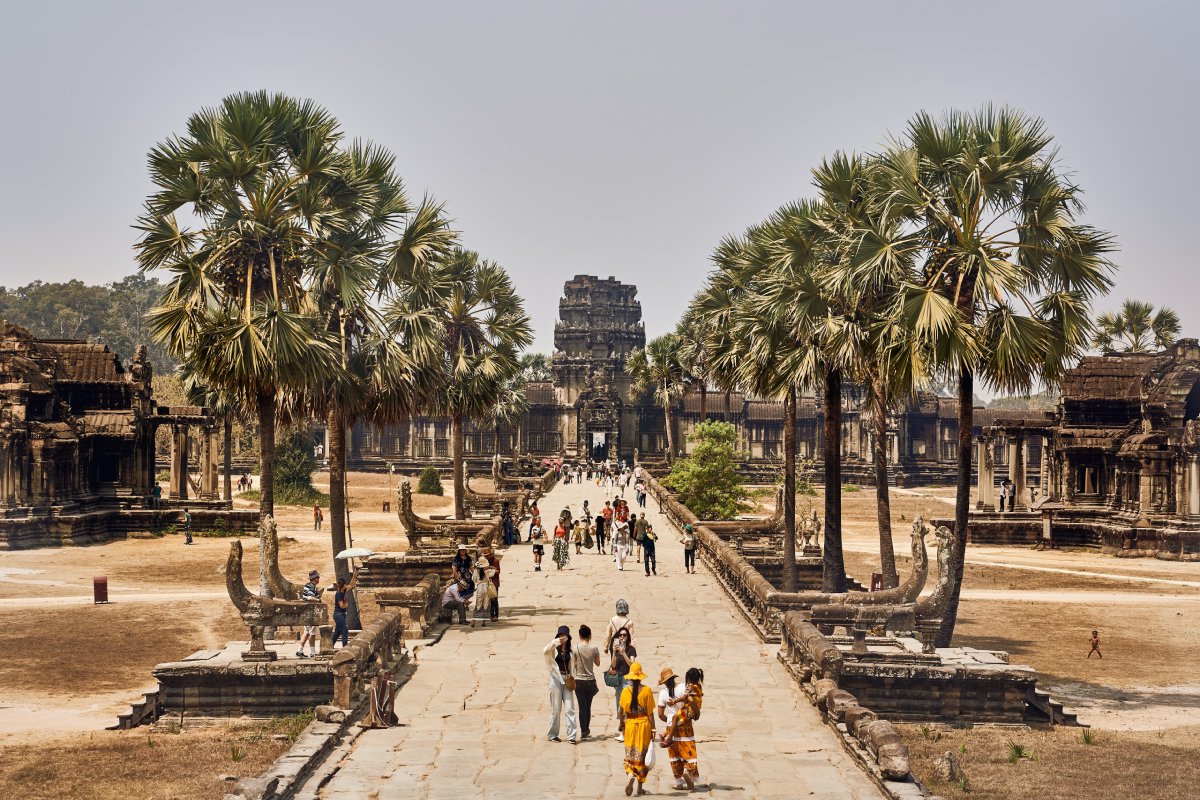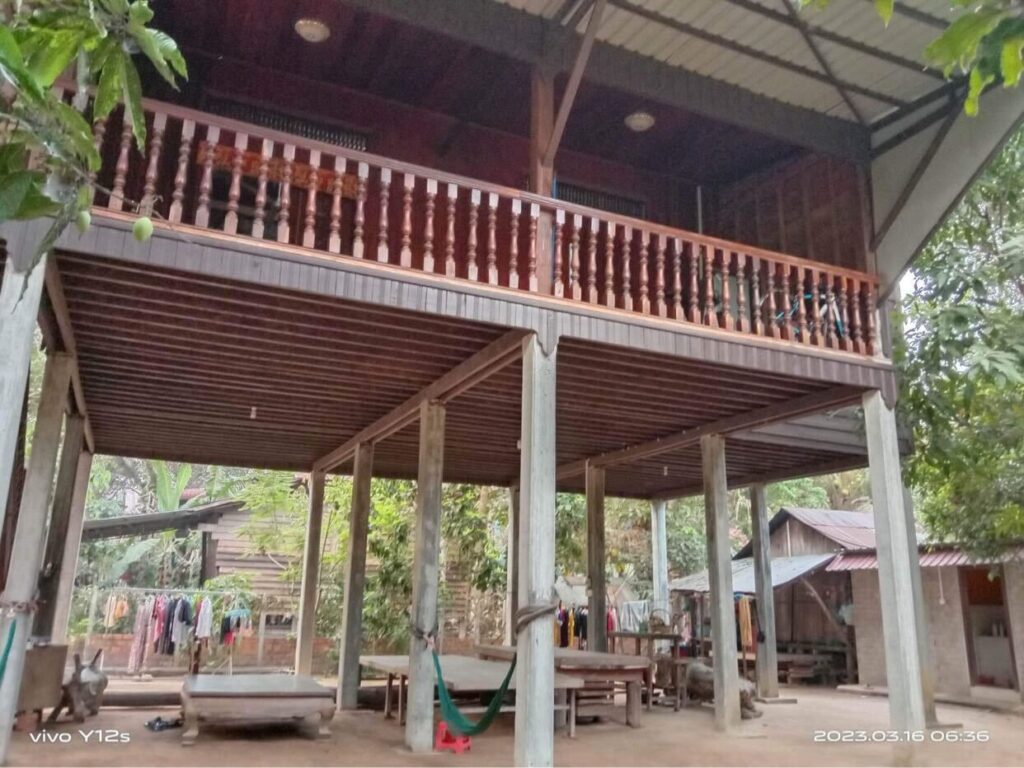Cambodia Relocates Angkor Wat Communities in Controversial Tourism Touch-Up

Skift Take
Cambodia is upending the lives of thousands of people to preserve the temple complex Angkor Wat and improve its visitor experience. Locals that have built businesses and resided there for years will be cut out of the temple's tourism economy.
Over the last few months, the Cambodian government has been relocating nearly 10,000 people living in the park in order preserve the temples and respect its UNESCO World Heritage Site status. The government states it will give the residents plots of land located far from the temple complex in exchange for their relocation. If they refuse, the government will remove them forcefully and give them nothing, said G Adventures Director of Operations for South Asia Mark Howarth-Archer.
Angkor Wat is Cambodia’s most popular tourist attraction, labeled as an UNESCO World Heritage Site and it sits in Angkor Archaeological Park. Spanning 400 square kilometers and located in Siem Reap, the park attracted over 280,000 international visitors in 2022, according to the Cambodia Ministry of Tourism. About 1,800 and 2,000 international tourists come to the park per day.
Some of the villages in front, north and south of Angkor Wat have already moved, said Bopha Sok, a resident of Srah Srong, one of the villages scheduled to be moved, and chief experience officer of G Adventures Cambodia. “The government just told us our community is in the preservation in the Angkor area so we need to plan to move out in future."
Some villages have been there for generations. Others are recent, having developed as part of the decades-long migration to Angkor Wat. Many have built art galleries, souvenir shops, food establishments and other businesses to service visitors as well as make their livelihood as farmers.
At one point, the human settlements got so big that UNESCO warned the government about threats to the temple's preservation, said Howarth-Archer. In 2004, UNESCO removed its danger status listing after seeing improvement in the site's preservation.
That hasn't stopped the government from using the temple's heritage status as a reason to push the villages out. Every few years, the government has gone through “cycles” where it would cite the risk to the World Heritage Site status and “forcefully” demand villages to relocate, with some success, but would eventually back off, said Howarth-Archer. This time is different. “Seems people are scared because this time around a lot of people are actually moving,” he said.
Howarth-Archer suspects Apsara National Authority, which manages the park and has found the villages to be a headache, has put enough pressure on the government to act this time. "The area here cannot allow such unorganized settlement and there is very poor (sanitation)," Long Kosal, a spokesman for the Apsara National Authority, told AFP. Howarth-Archer said some of the communities don’t have access to good sanitation and there have been problems with waste and sewage.
The relocation scheme is part of Cambodia's aim to professionalize and improve the visitor experience at Angkor Wat as well enhance the temple’s image, said Phillip Kao, president of Siem Reap Tourism Club, the local tourism industry group. During the pandemic, Cambodia invested large amounts of money in local infrastructure like roads to support local and tourist traffic and reforesting and gardening around the temple. “By working on that improvement in the site so as to be in a better image, they have to really clear out those people who are living in the area that is prohibited,” Kao said.
The relocated are not being left out to dry, Kao said. There will be schools, facilities, construction material and roads in their new communities, he added.
Residents have to largely rebuild at their own expense and will live far from the tourists, the source of their livelihoods. “It will cost us a lot of money, and most families can’t afford to build a new house,” Sok said. “The land that the government provides us with is also located far from where the jobs are, with a higher cost of living, making things a lot more difficult.”

Some of those already relocated are now living in allocated 30- to 40-meter plots of land 45 minutes away from the park by motorbike, making participation in the tourism industry a challenge, Howarth-Archer said. At the moment, the new lands are located in economically poor areas and not conducive to business development.
Sok supports the preservation of the temple complex, but said his village should be part of the preservation efforts. “I agree with the preservation of the temple, as long as the government keeps the original former villages,” Sok said. “If we look back 1,000 years ago when our ancestors built temples, they lived inside of the temple area.”
Skift’s in-depth reporting on climate issues is made possible through the financial support of Intrepid Travel. This backing allows Skift to bring you high-quality journalism on one of the most important topics facing our planet today. Intrepid is not involved in any decisions made by Skift’s editorial team.




